A blog post, and a recent visit to my alma mater, UVM, has me thinking again about public art, and contexts. My question is this: Can a spectacular painting be ruined by the wrong frame?
Probably. I wonder how many paintings I’ve seen appraised on Antiques Roadshow, where the appraiser raves about the painting, then looks down their nose saying, of course, the frame needs to go. So why would this be any different for sculpture, or for outdoor art?
The blog post is Lovely Filth, by Douglas Perkins, on the Middlebury Art Museum blog. He writes of Solid State Change, a challenging piece by Deborah Fischer located outside of the Hillcrest Environmental Center. Others have written (and commented, don’t skip those) on the scultpure on his blog, so I won’t rehash. I won’t even give my opinions on the piece itself, as I’ve amply proved in the past I’m no art critic. I do, however, wonder if part of the perceived problems with the art comes from poor context.
The winter meeting of the Green Works, the Vermont Nursery and Landscape Association, brought me to the University of Vermont for what may have been the first time in at least 20 years. The campus looked great-I had a little bus man’s holiday walking the grounds, mentally comparing campuses. I walked toward my first dorm, Buckham, one of the ‘shoeboxes’, when I saw part of ‘Lamentations’ through the cold mist of the day.
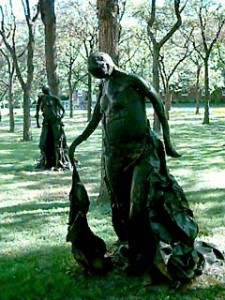
“Lamentations Group 1989” is by Judith Brown, 1931-1992, and was donated to UVM in 1993. Only 2 of the original 5 ladies are still outside, the other three are awaiting restoration (and funding). (side note: thanks to CAPP, Middlebury will never have to face this, we owe our trustees a big debt in setting up the art fund). What I like best about the piece, though, is the context.
Situated behind the Fleming Museum, the statues appear to be walking through the grove of Honey Locust trees planted by Dan Kiley, the famous Vermont landscape architect, and matches a grove planted at the Cathedral of Immaculate Conception down the hill by the waterfront. The honeylocust are grown in close quarters, and their dappled shade and contorted branches give a perfect setting for the spectral wraiths as they seemingly float through the bleak grove. The context of the landscape matches and enhances the art, like a good installation in a gallery, but more dynamic, changing with the light, seasons, years.
My favorite CAPP piece at Middlebury is Hieroglyphics for the Ear, 1997, by Kate Owen. This piece is located in the woods along the path on the way to Nichols House, home to the faculty heads of Atwater commons. The base of the piece lies in shade plants, such as vinca and lungwort, and help transition the work from the woods to the gravel path. The metal and stone blend with the site, but stand out enough to be noticed, and the engraved text almost echoes in the woods. I doubt the piece would resonate as well outside of this ‘frame’, like if it were in the center of an expansive lawn.
Another piece with a good context is Frisbee Dog, by Patrick Villiers Farrow, 1989. This work is on the edge of the main quad, underneath a large elm tree behind Munroe Hall. Here the context plays to the sculpture, matching the students out often playing frisbee in the quad. If it were placed in a more subdued setting, in amongst other works, the dynamism would be lost, the dog looking misplaced.
A piece that originally suffered context issues is the Garden of the Seasons, Michael Singer, 2003-2004. Observers watching this area of campus have probably seen the landscape surrounding transformed several times over the years. Sometimes it is difficult picking a frame for a painting.
The sculpture/garden lies a third of the way down a rain garden ditch that treats storm water from most of the library quad, and is situated under another elm tree, one of our better specimens. The swale was planted in wildflowers and grasses, specifically to treat the drainage and prevent storm water from entering the greater Middlebury area. This swale, however, was surrounded by mown lawn, and backed by the large southern facade of the main library. In short, something was ‘off’, and an acre of wildflowers were planted around the swale, to help contextualize the sculpture and the swale together.
Wildflower plantings, though, have a limited lifespan, and can quickly look ‘weedy’, a problem compounded by the location in the center of the quad. The facade of the library was working against the planting as well-the weeds and wildflowers all in one horizontal plane, matching the lines of the windows above on the library.
The ditch is ecologically very important, and needs to remain planted for storm water treatment, and needs to stay strongly diverse for important wildlife and bird habitat in a section of campus lacking such accessible space. We planted the ditch to the east of the sculpture in large swaths of native shrubs, such as Winterberry, Dogwood, Witchhazel, and Redbud. A couple of these varieties are matched in the Garden of the Seasons, tying the piece into the greater landscape. The mistake I made was in planting smallish shrubs. When mature, the swale will be transformed into a mixed height shrub border, breaking the strongly horizontal lines of the library. Now, however, all the shrubs are barely poking through the wildflowers and weeds of the ditch, so some imagination is still required to achieve the effect. Patience, grasshopper.
When mature, though, the Garden of the Seasons will find it’s proper context, and be perfectly ‘framed’ in the landscape.
I love Hillcrest as as building. Originally student housing modeled after a Victorian Farmhouse, the building has been transformed several times, and has now been fully restored and serves as the Environmental Center for the college. The inside retains its farmhouse charm, but unlike most I’ve been in, including parts of ours, is light, airy, and spacious. The modern touches inside and out, such as solar panels, play and blend with the old remaining Victorian touches.
Solid State Change (called tirerrhea by the students) lies alongside the building on the south side, against a stainless steel wall that I believe acts as a heat sink for the building. To further illuminate the context of the sculpture, to the south is the giant deck of Proctor hall, all gray stone, to the west is parking lot, Hillcrest Road, and more parking lot, and to the east is three in ground propane tanks, lids above ground, a sidewalk, and Hepburn Road.
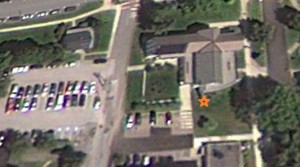
It’s a challenging site, almost industrial in feel, and I think works against the piece. The intent of the tires was to mimic the natural geology of the Champlain Vally, and while we can debate about the look of the tires versus actual dolomite, the setting is not helping. Does the stainless steel wall accentuate the recycled tires, rather then making one think of bedrock? Do the black tires help draw your eye towards the myriad of roads and parking lots? Is the space large enough for the sculpture?
I pass by a barn on the way to Middlebury daily. Recently restored, the foundation sits upon a panton stone ledge, organically growing from the site.
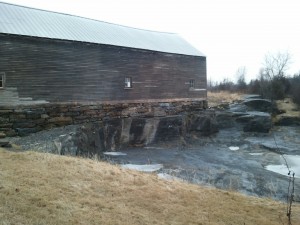
I’m pretty particular about using stone in the landscape, either in walls, walks, or ledges. Maybe I’m over sensitive, but I think stone should be local, echoing the greater area the site sits in. The ‘stone’ of Solid State Change is out of context, sitting in an improbable location, not part of the building, not part of the landscape. The work sits in mown lawn, a suburban look, not like a ledge sitting in a hay field, surrounded by tall grasses as the farmer is unwilling to risk sharp cutter knives near piles of rock.
I understand the intent of Solid State Change, and the need to have it placed near the Environmental Center, but the frame is fighting the painting.

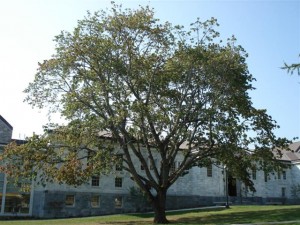
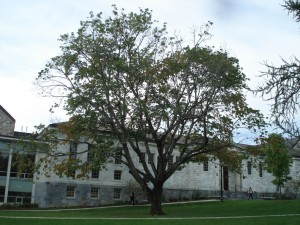
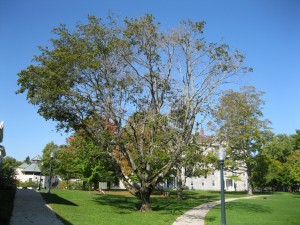
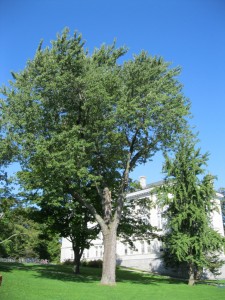
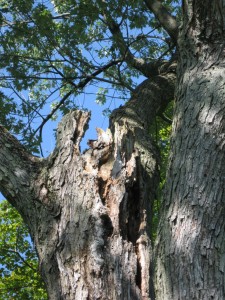
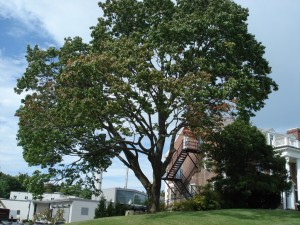
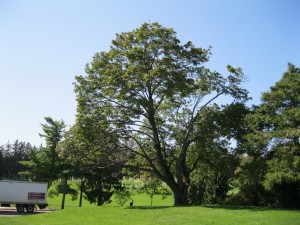
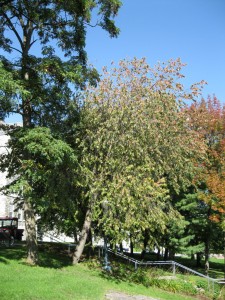
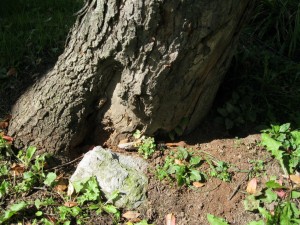

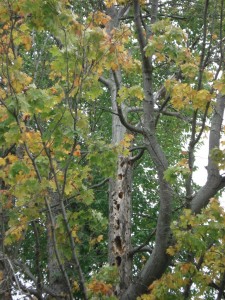
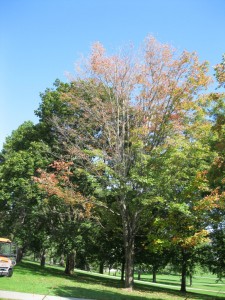
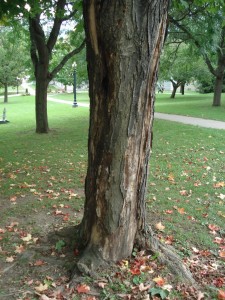
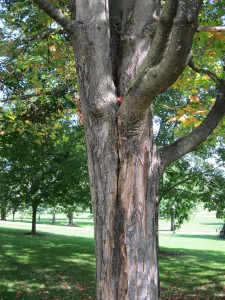
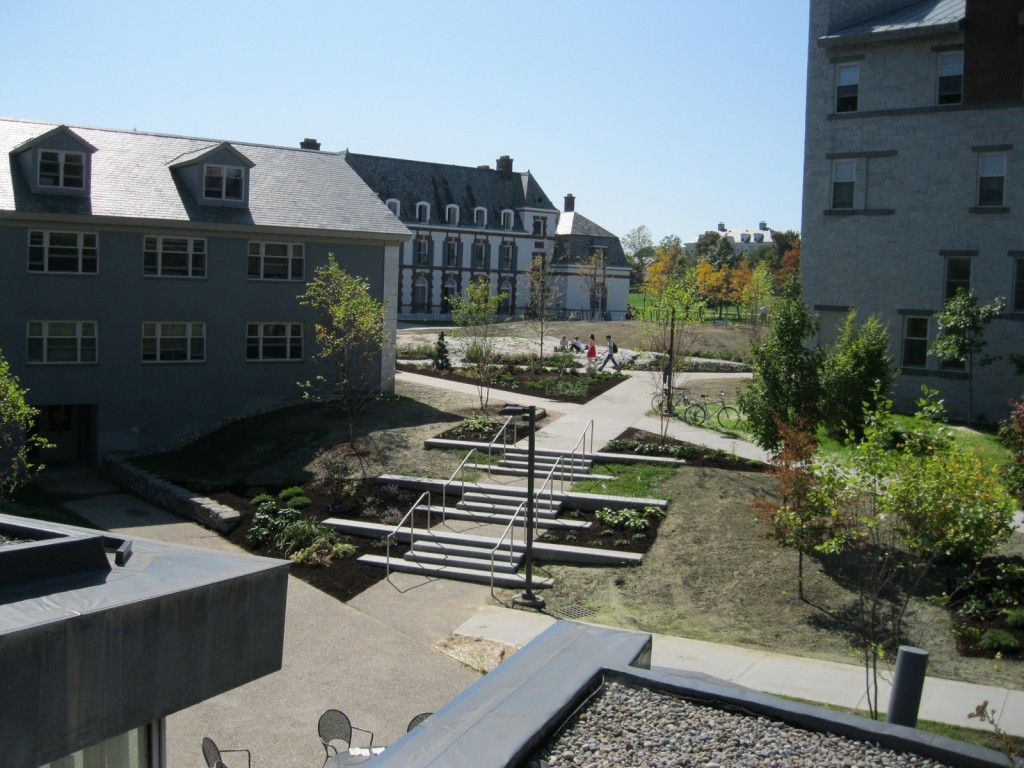

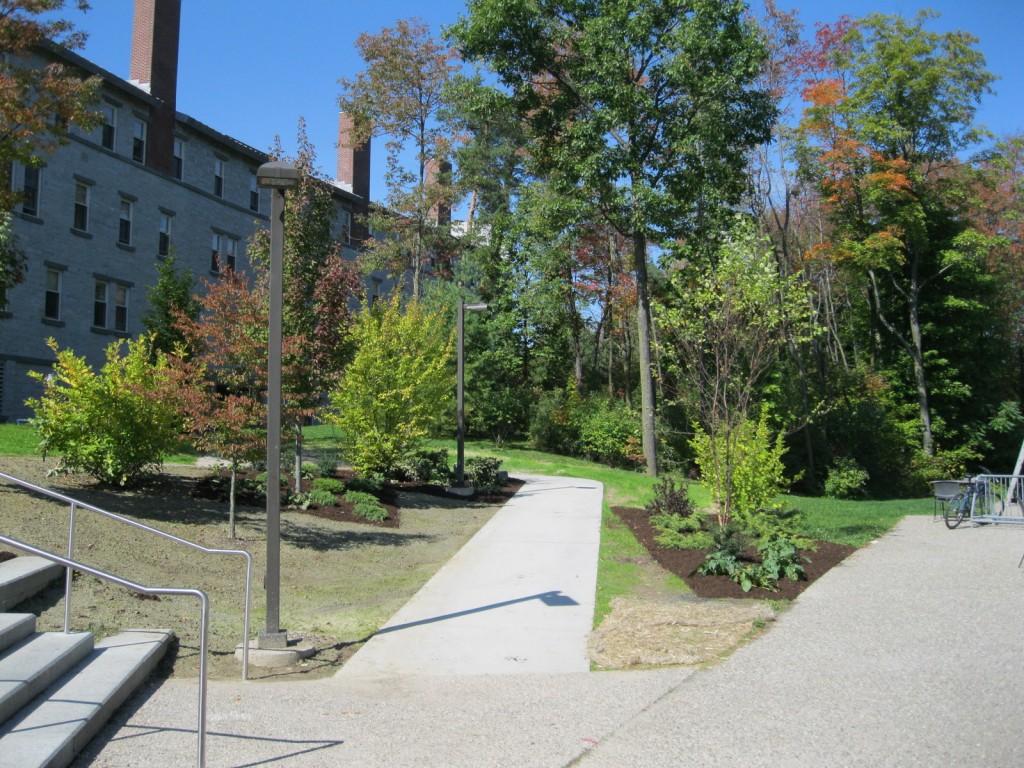
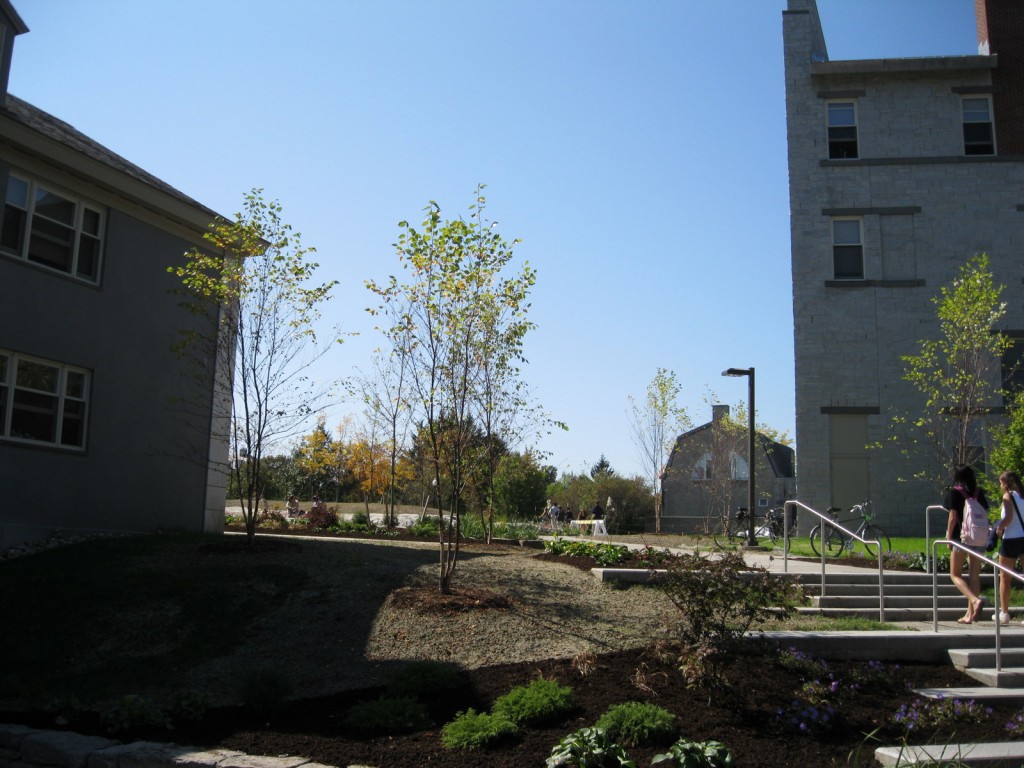

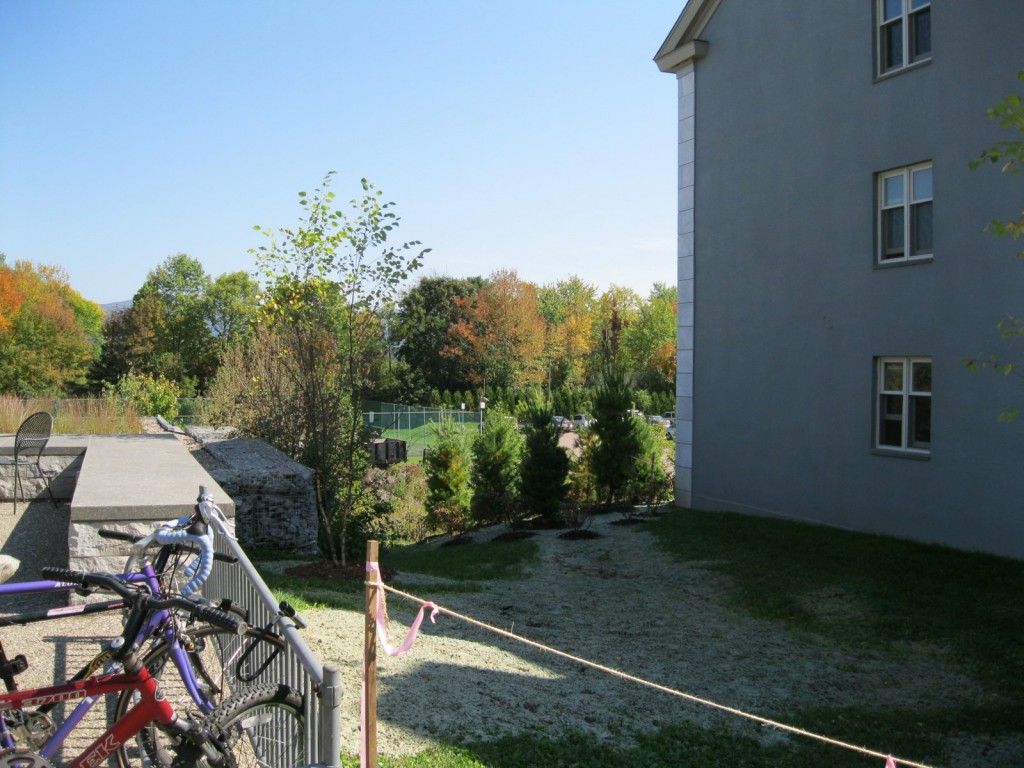
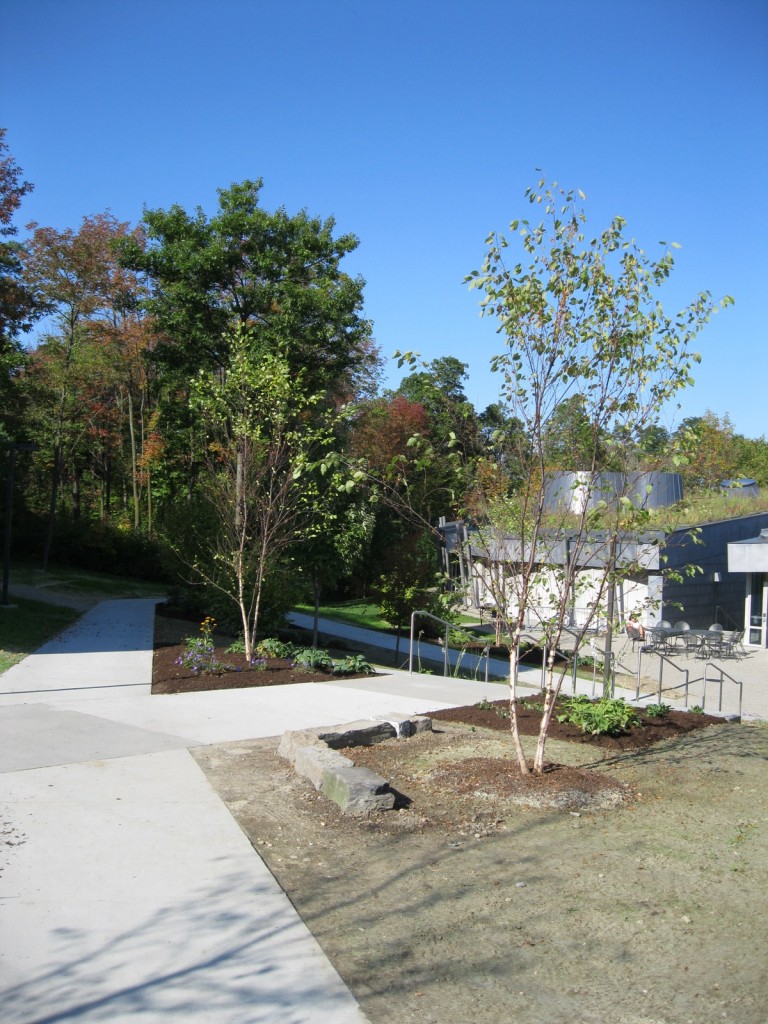
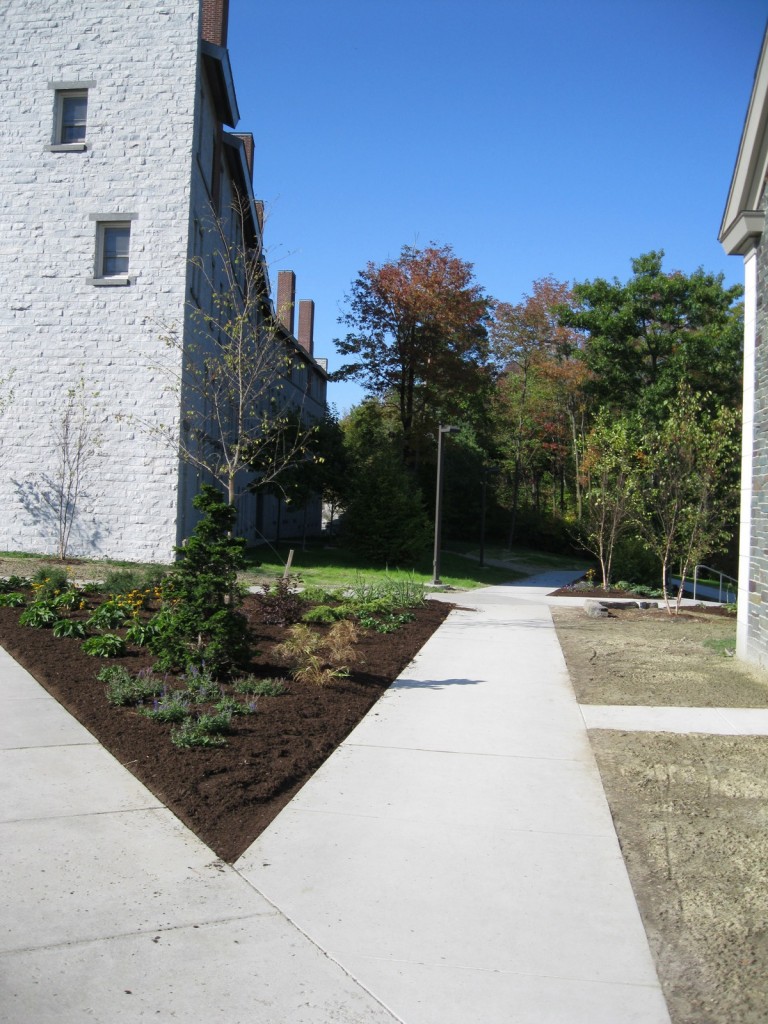
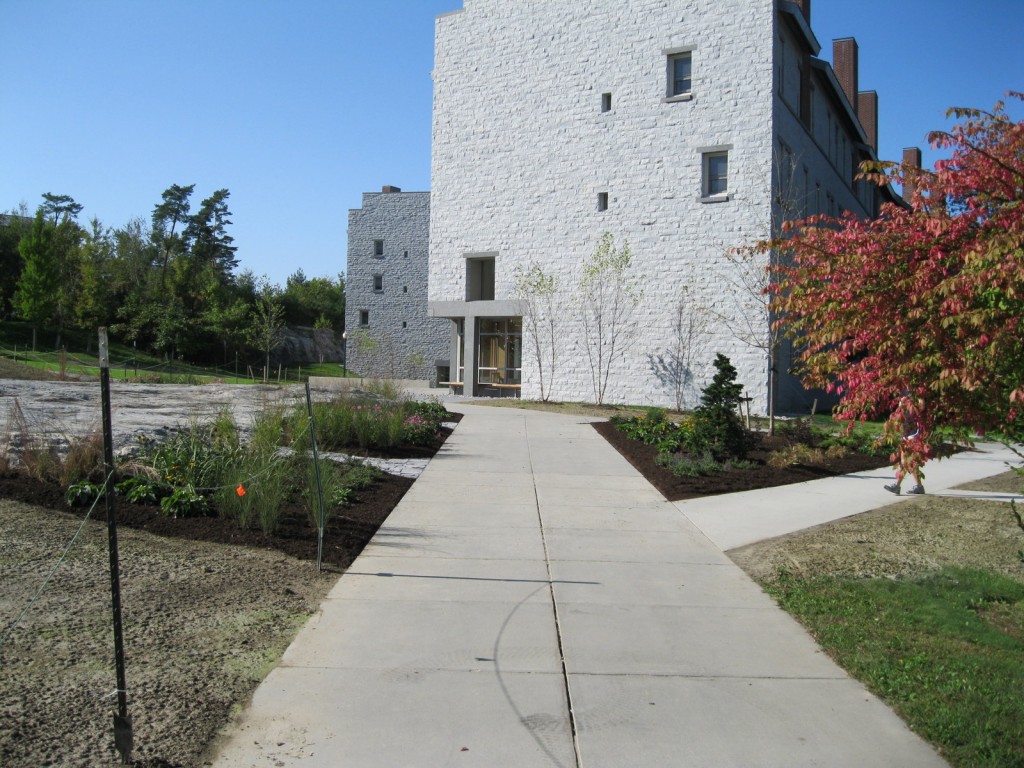
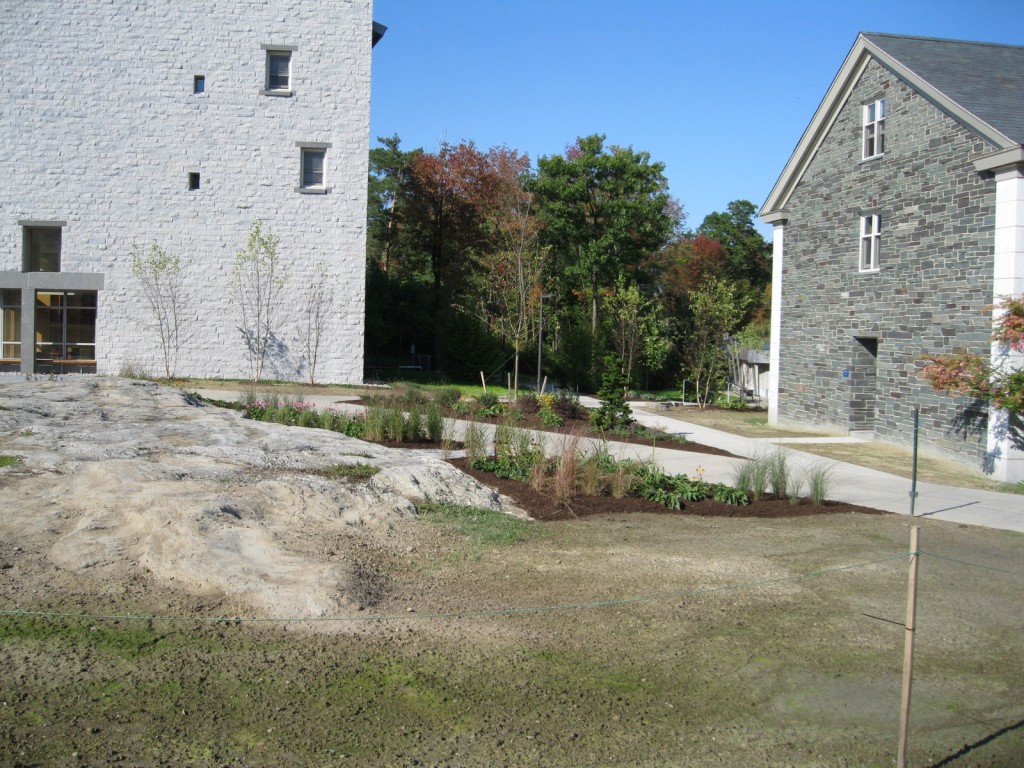
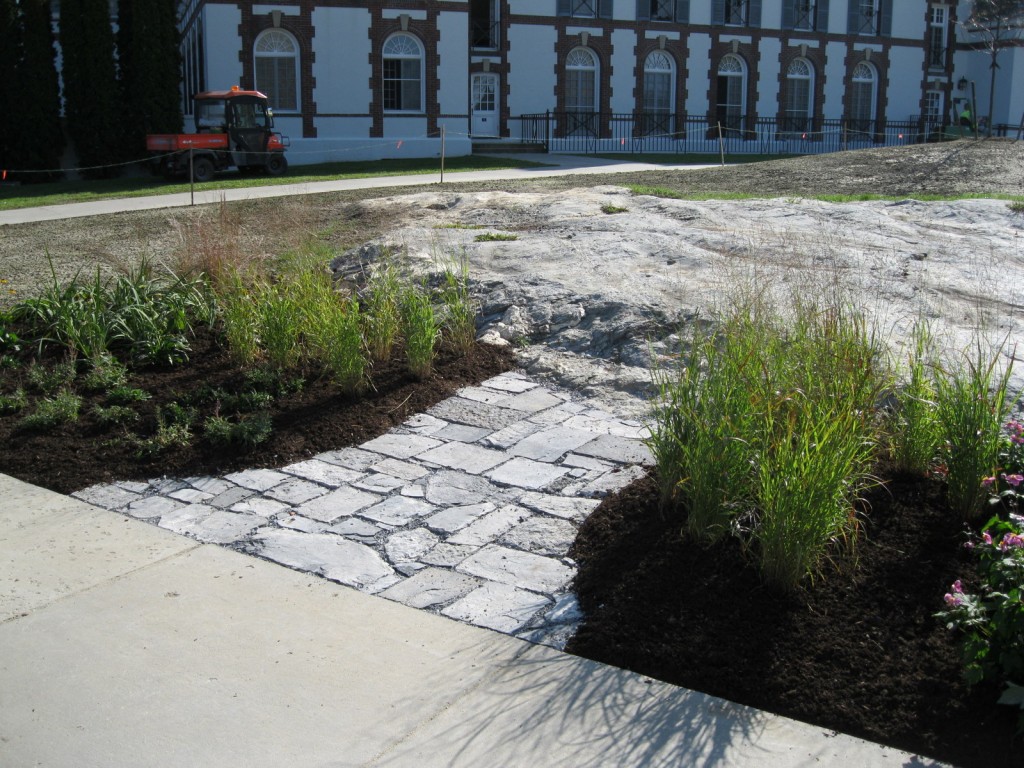
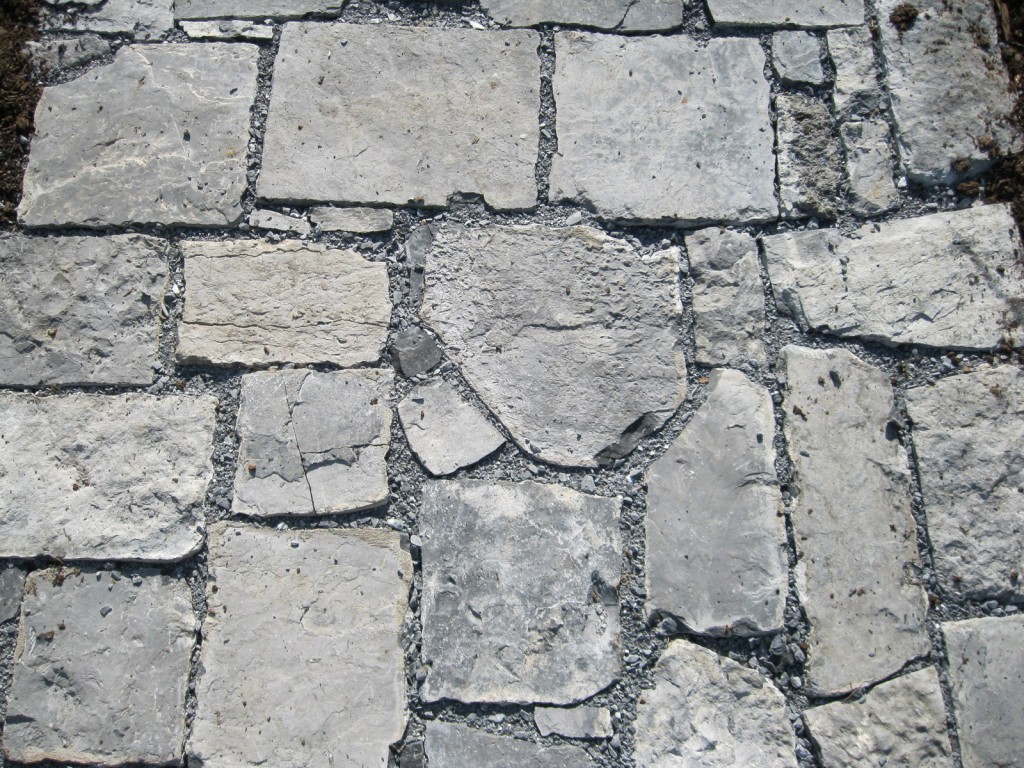
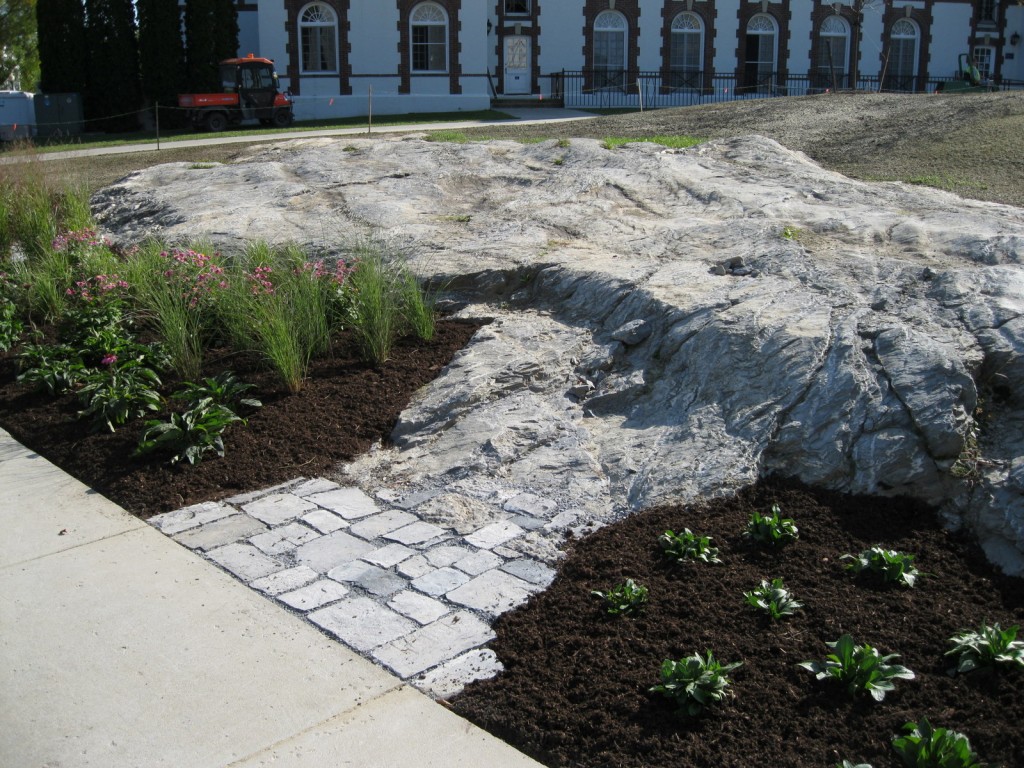
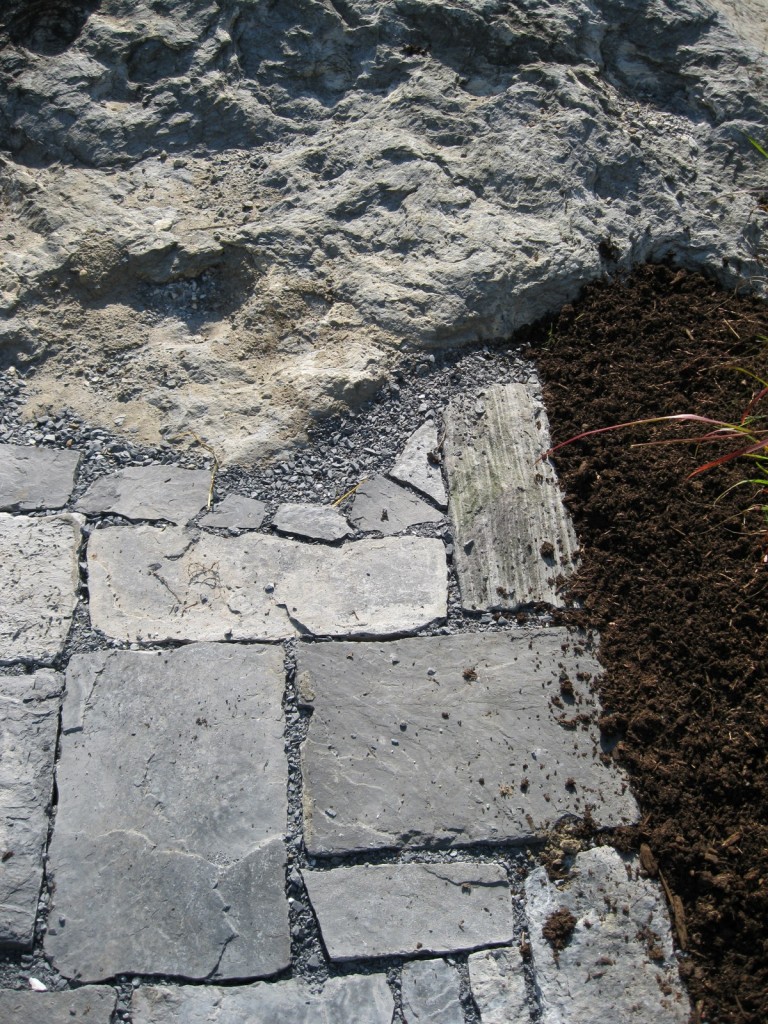
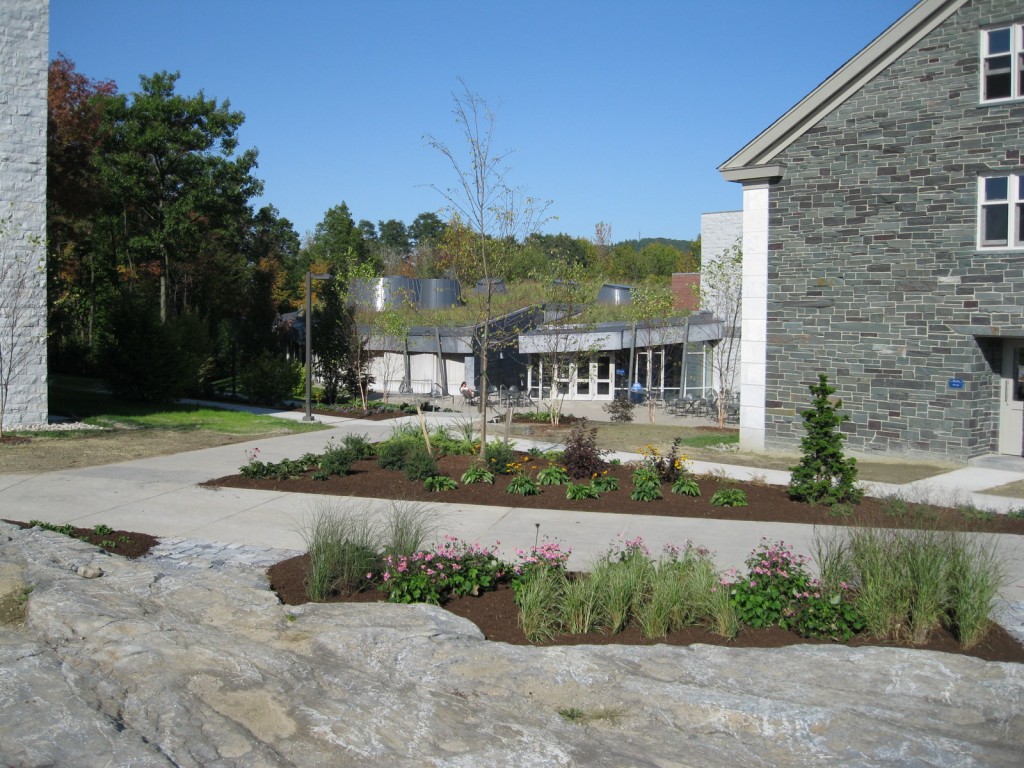
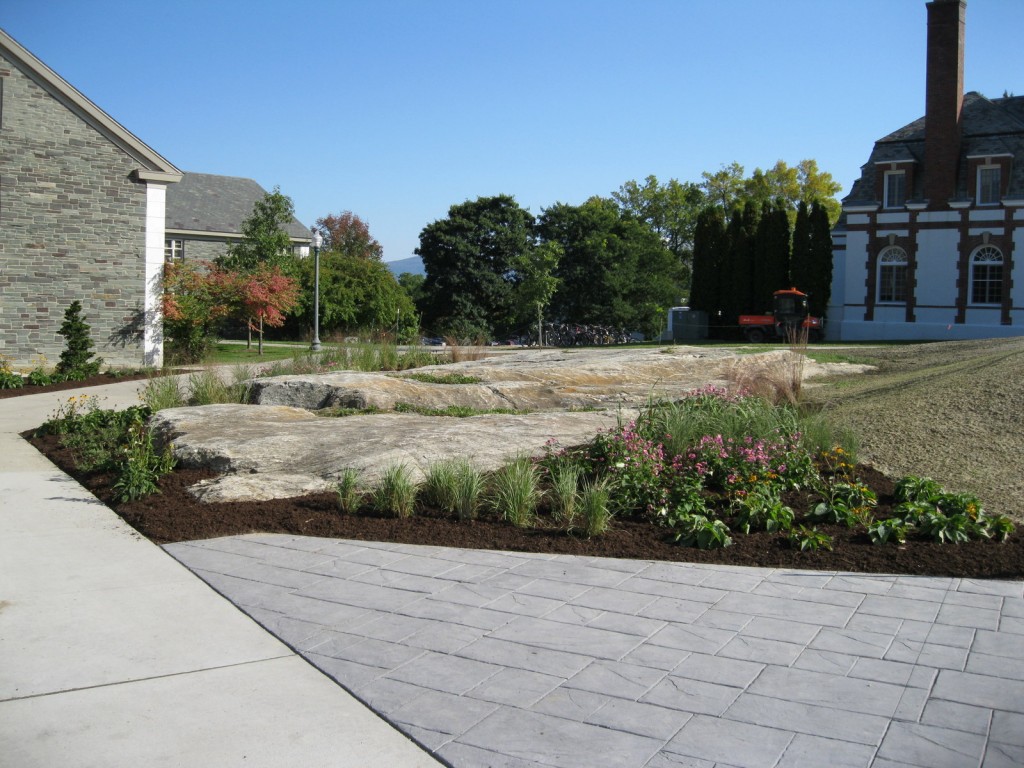
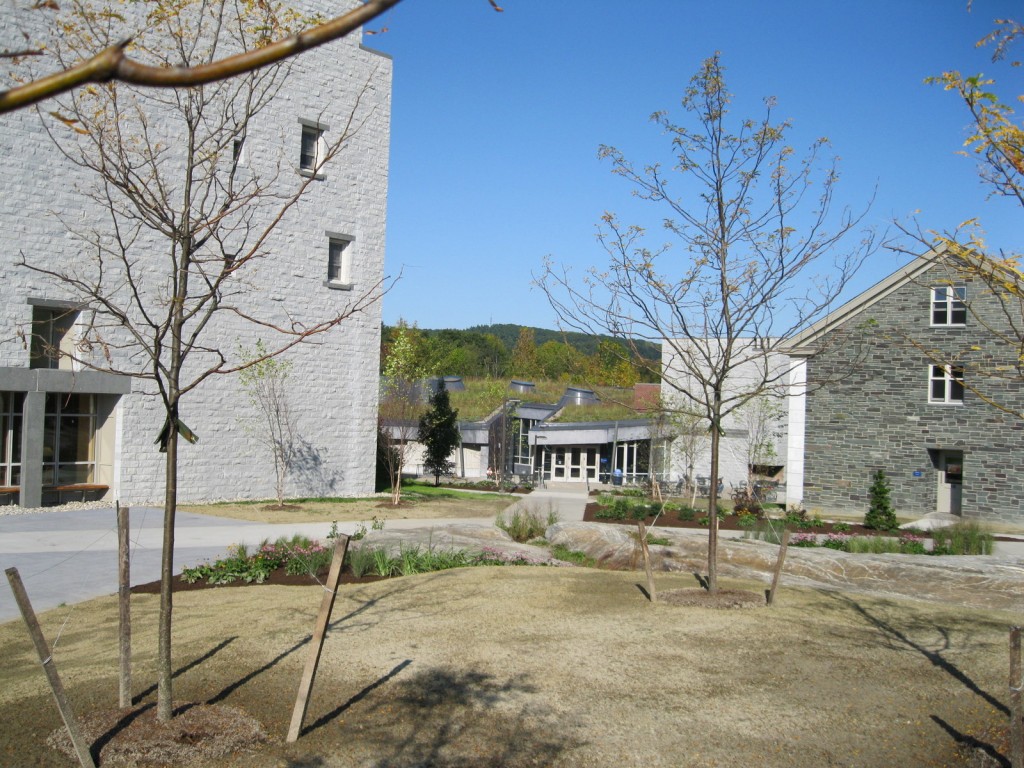
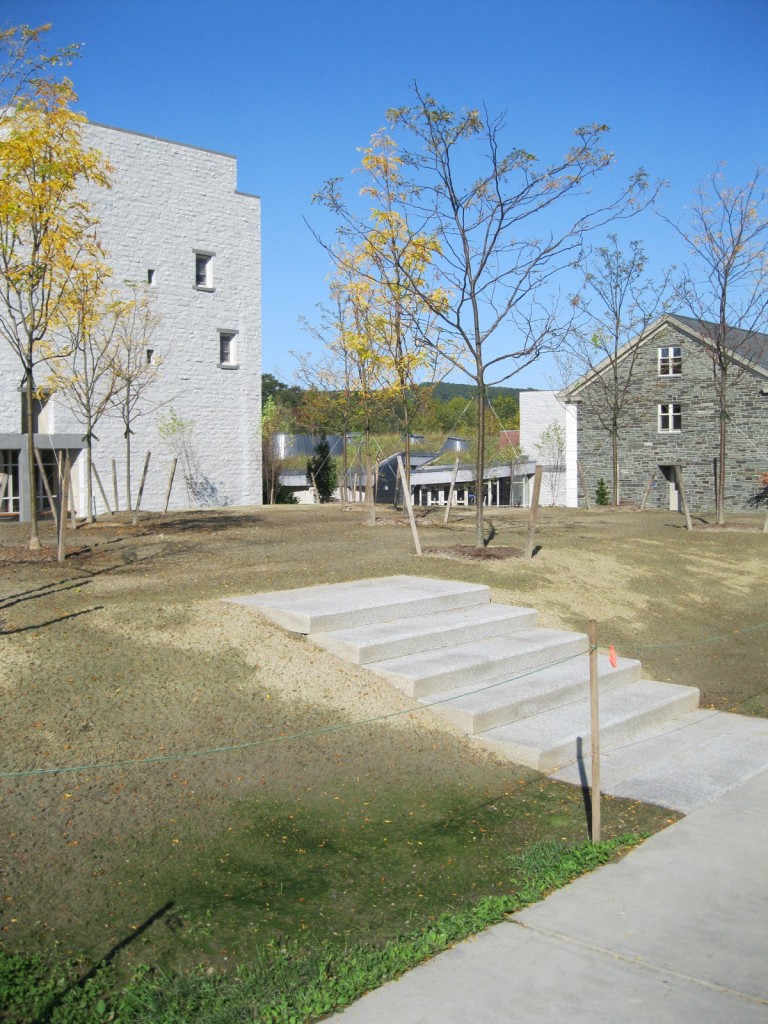


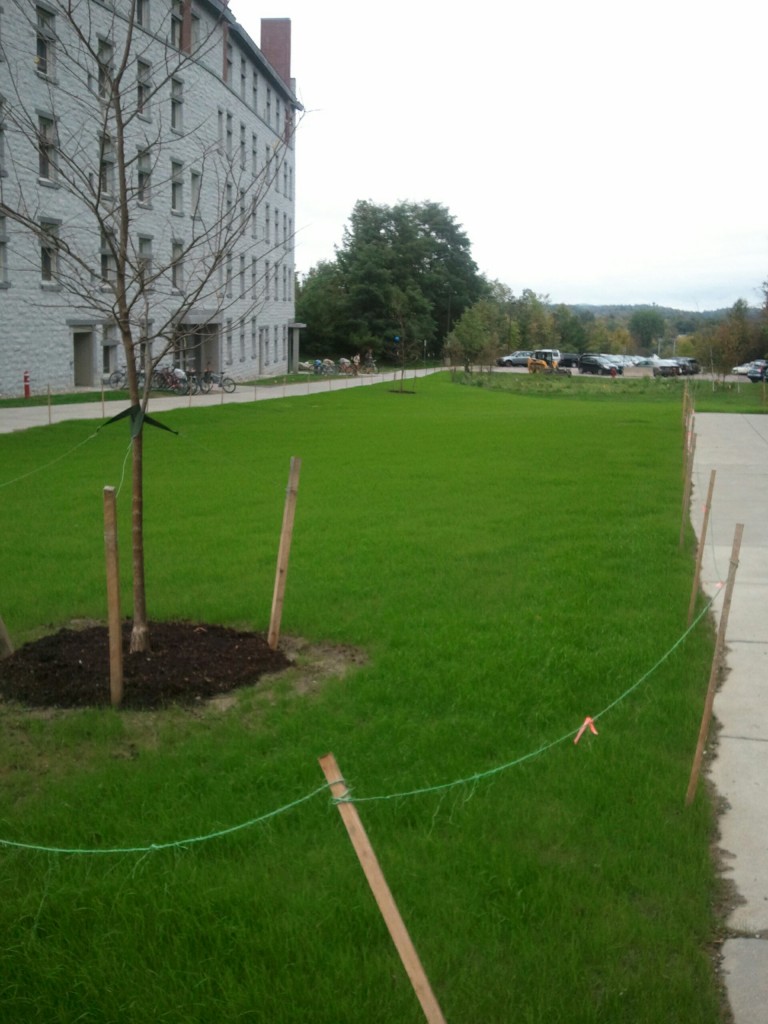
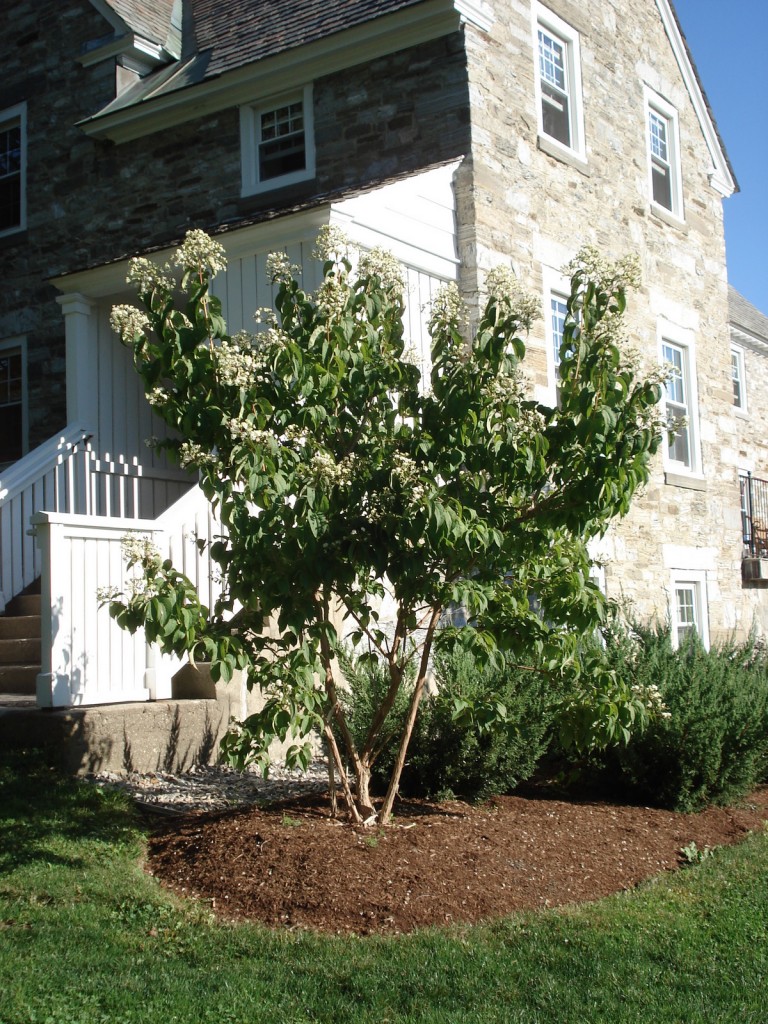
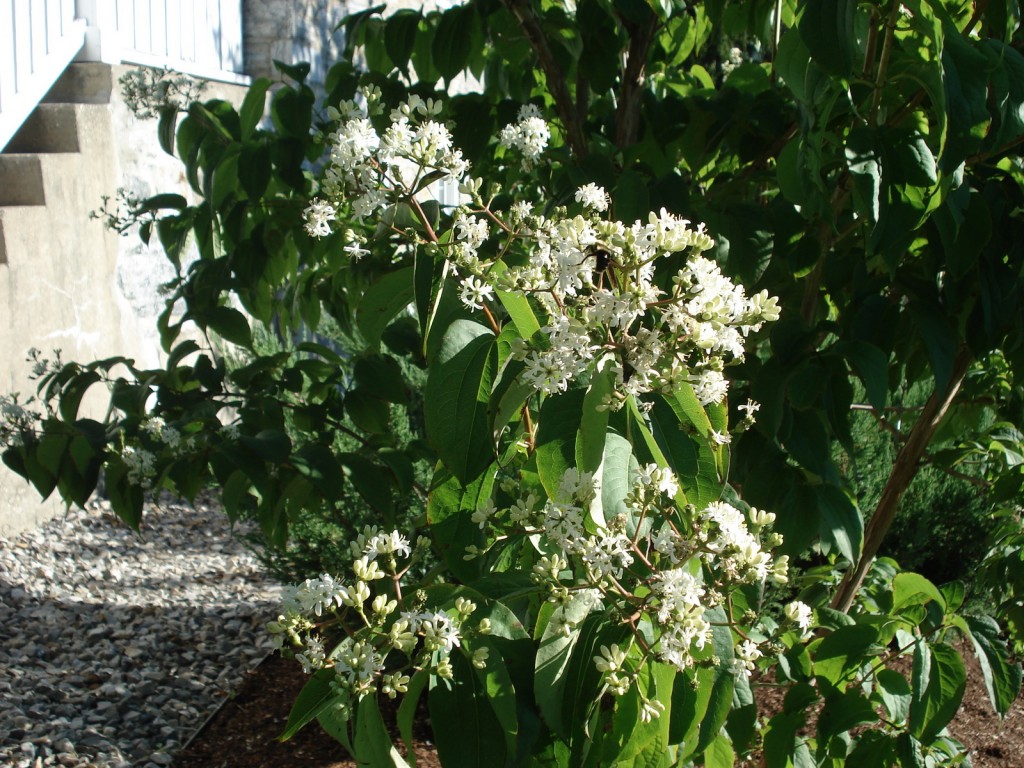
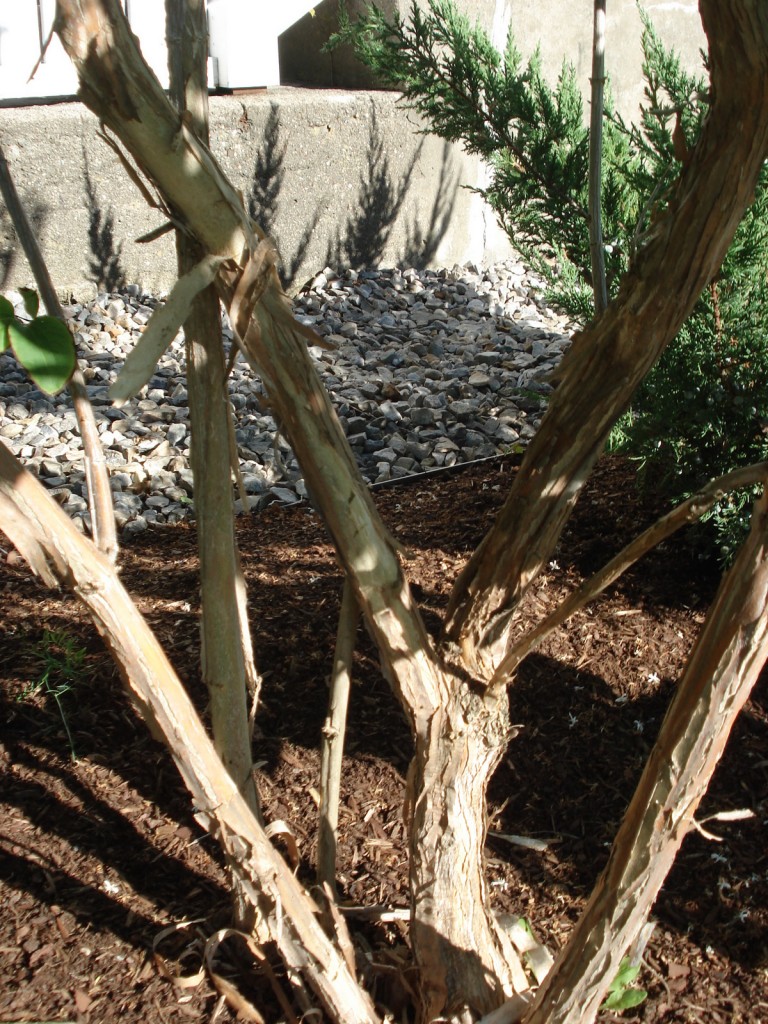
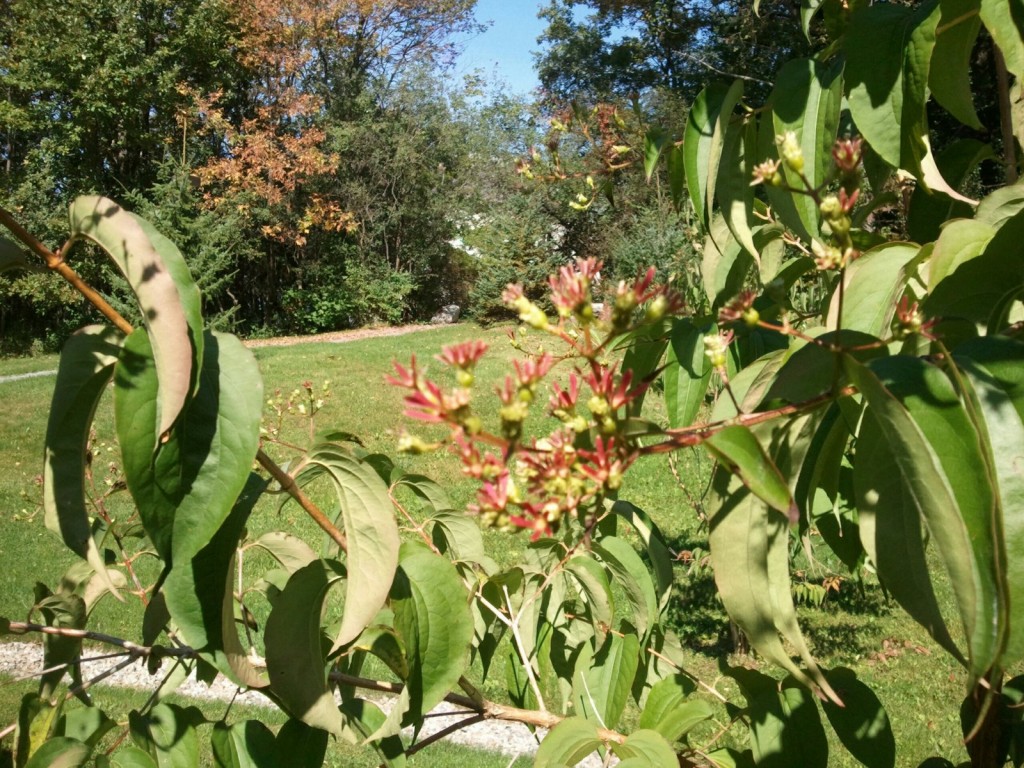

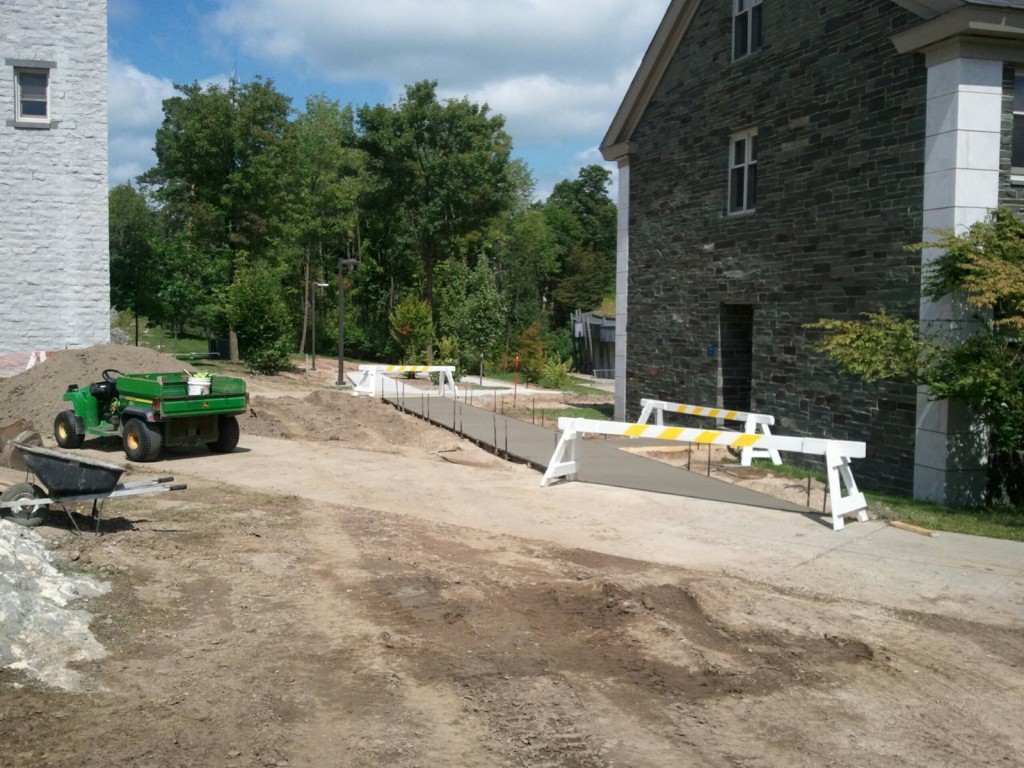
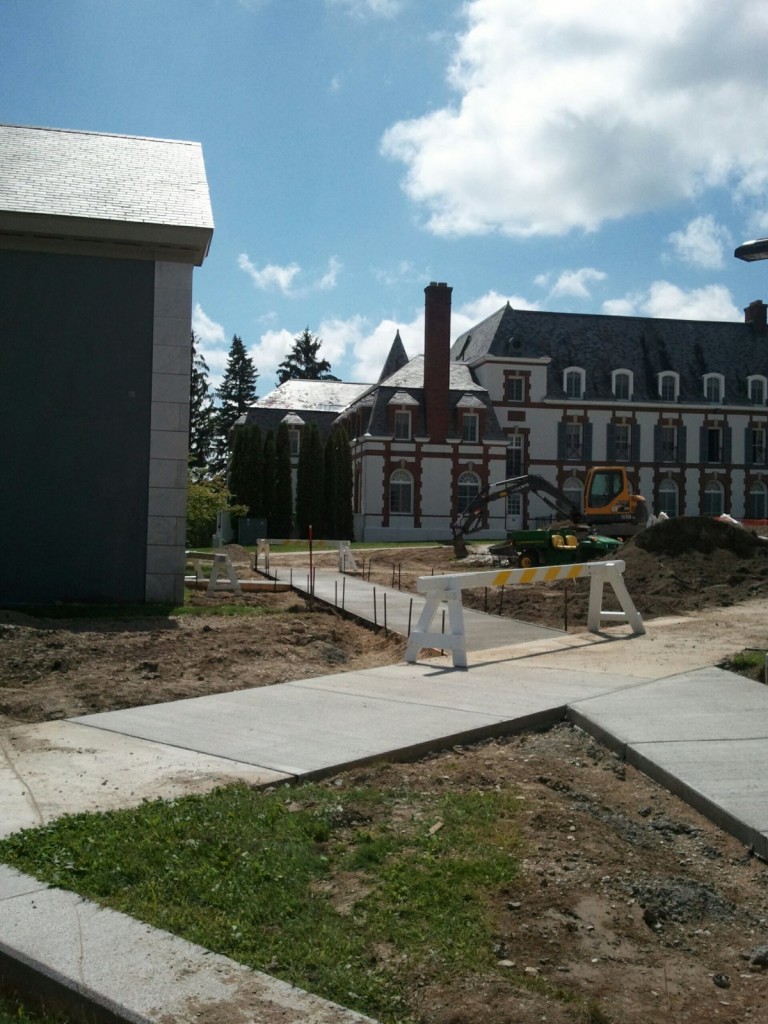
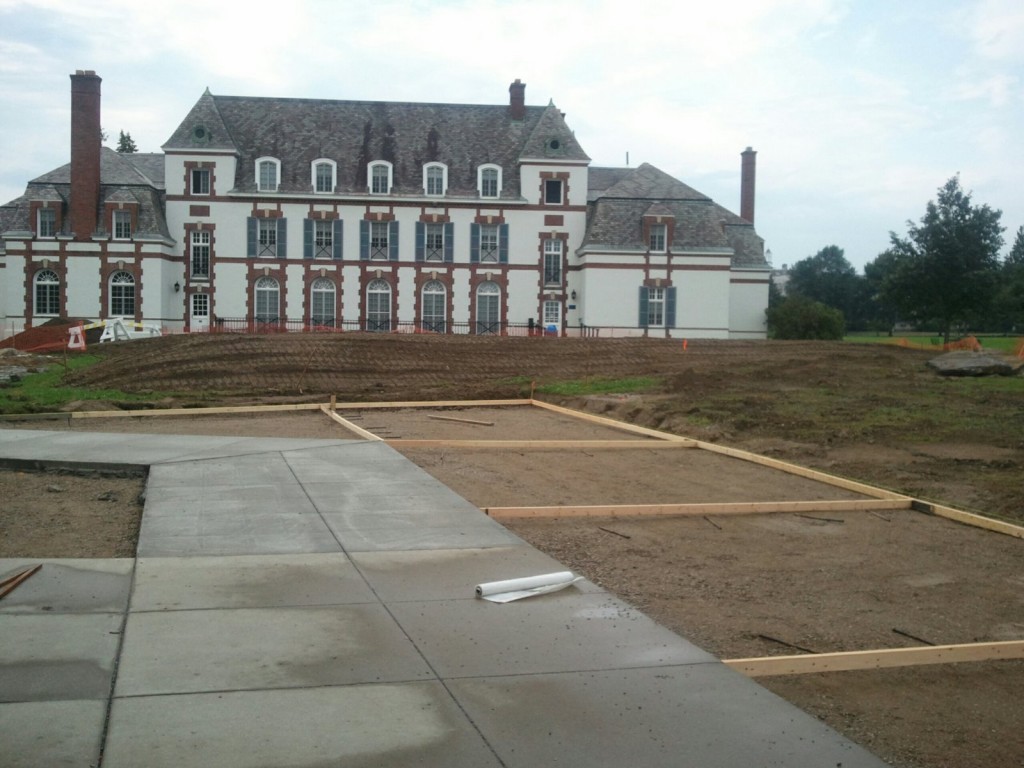
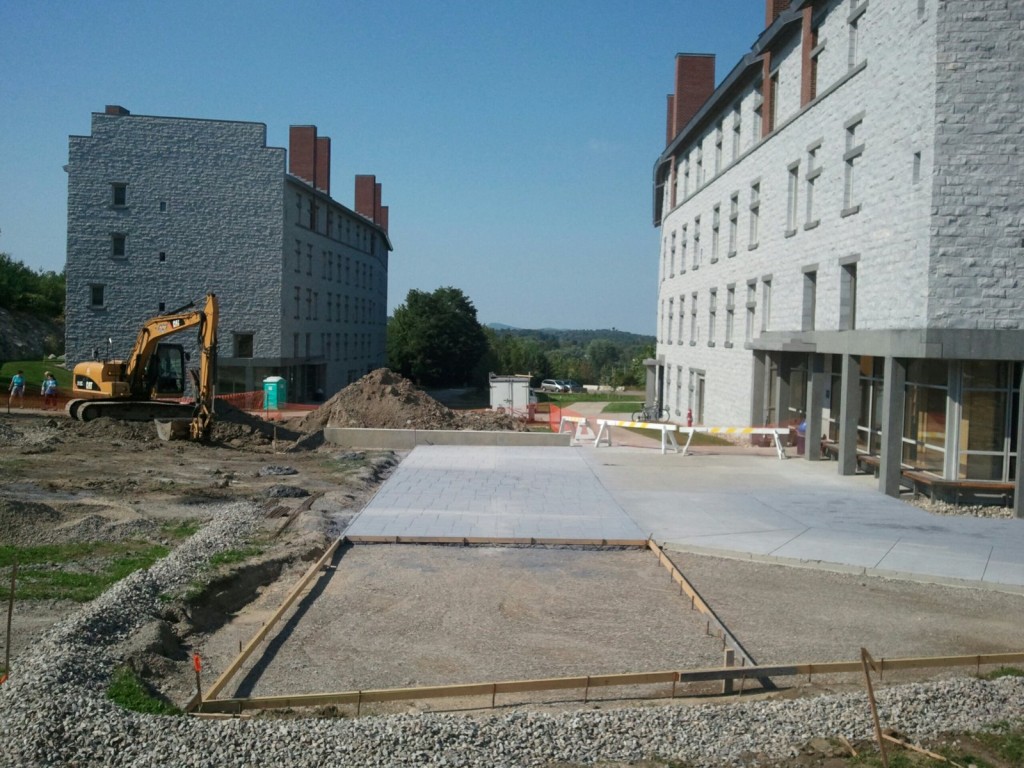
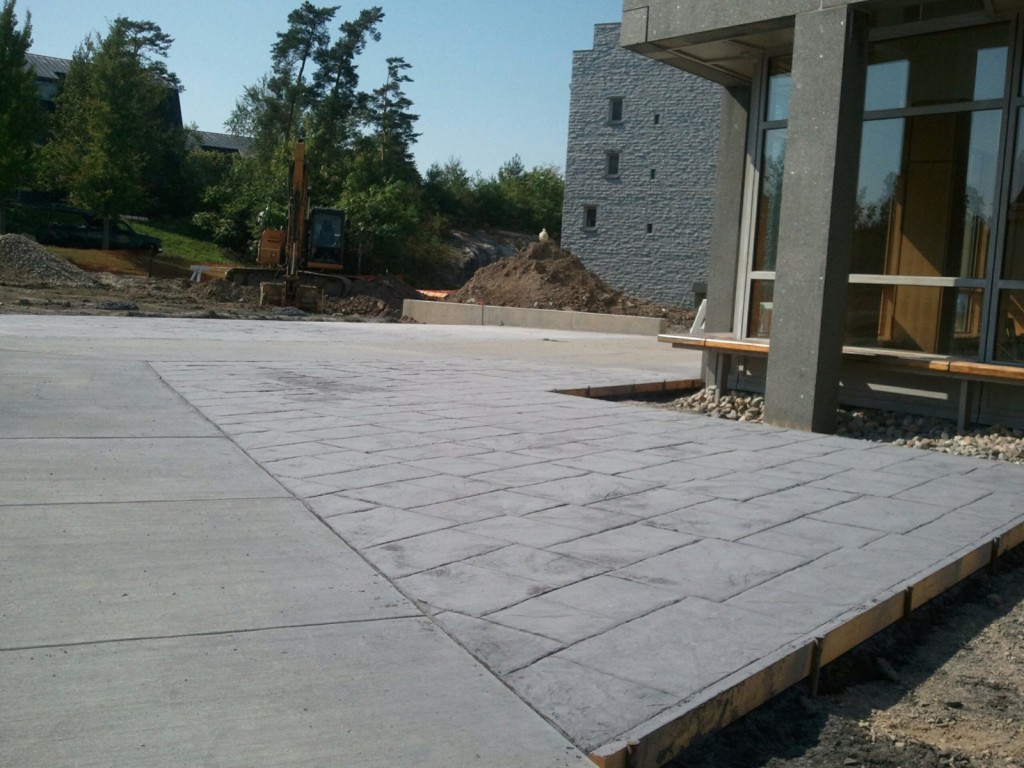
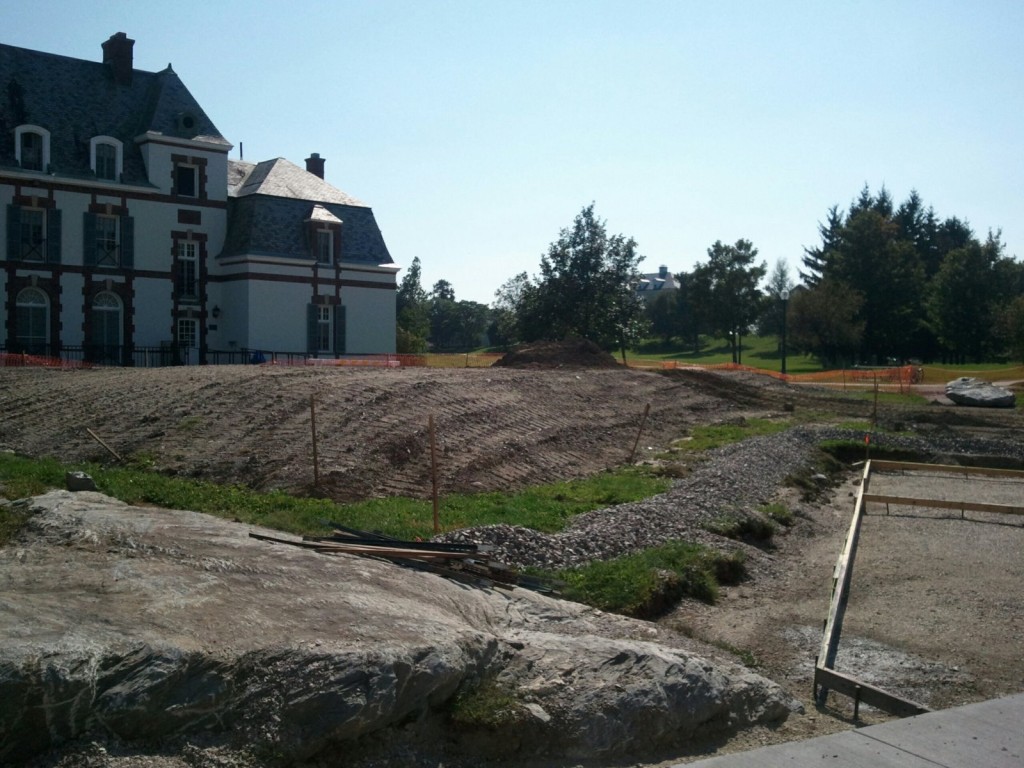
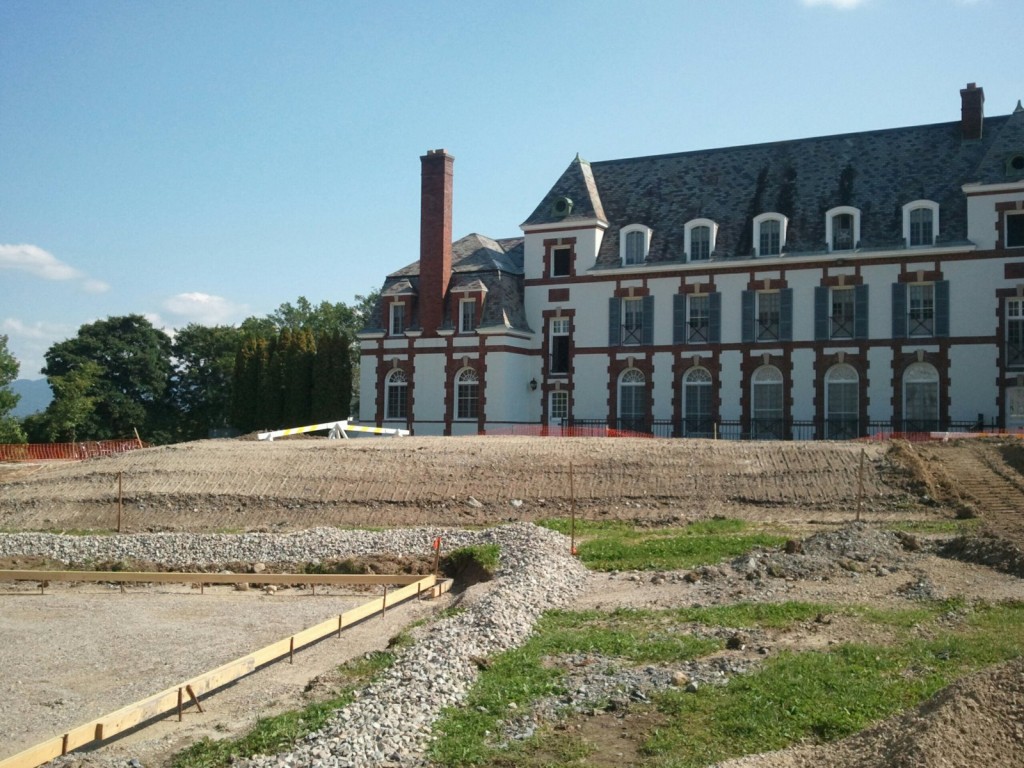
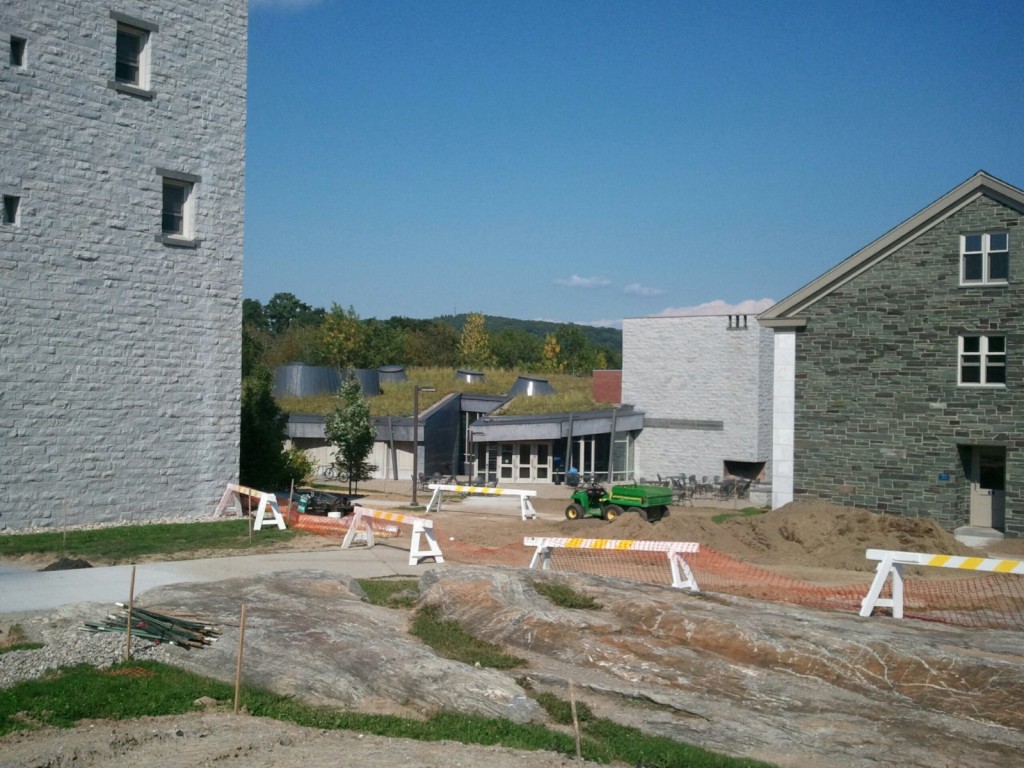
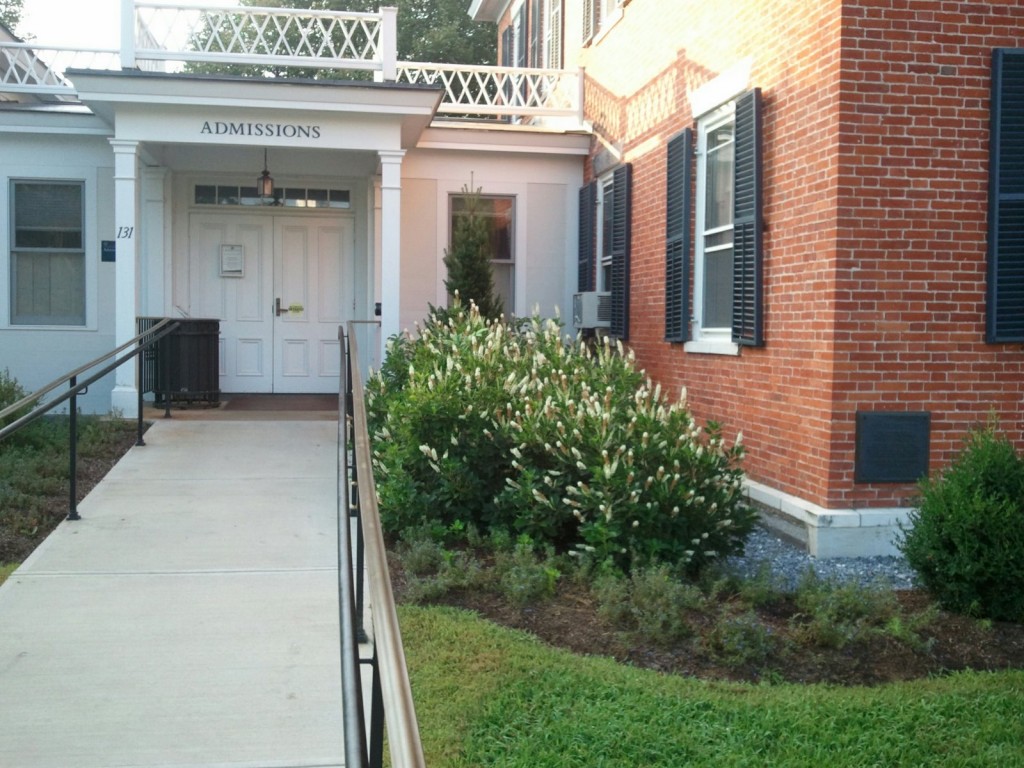
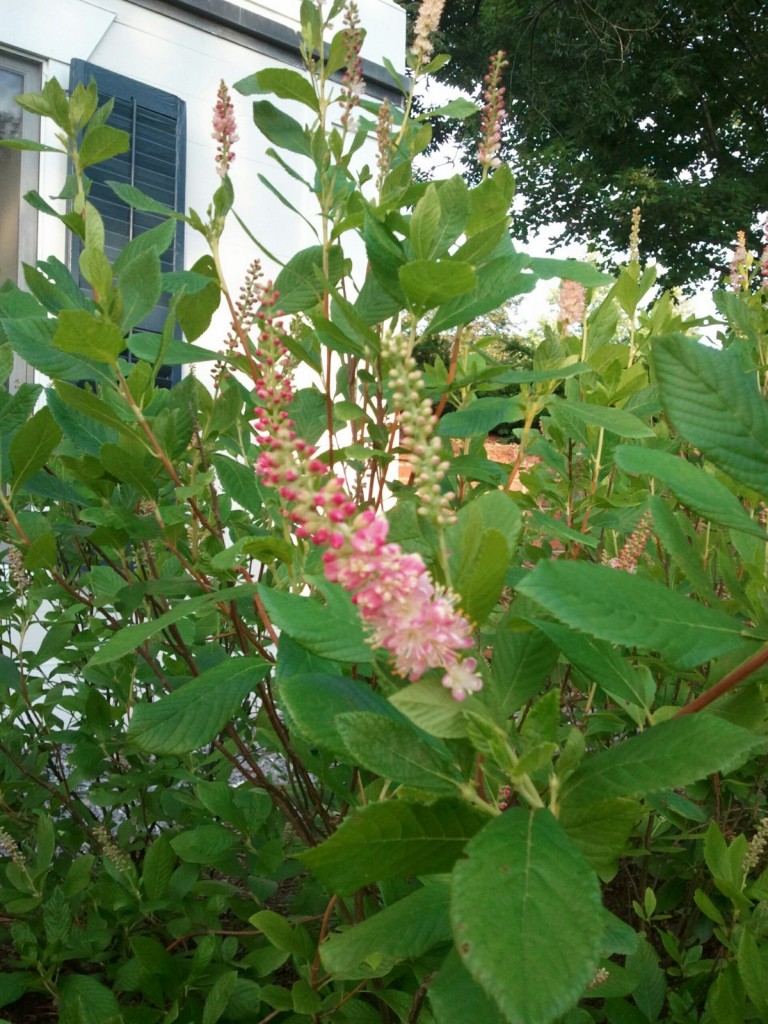
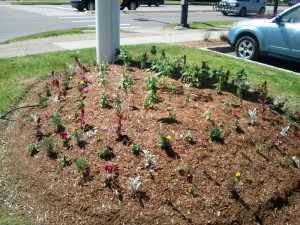
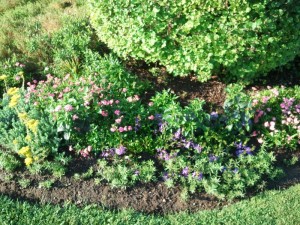
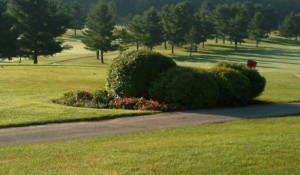
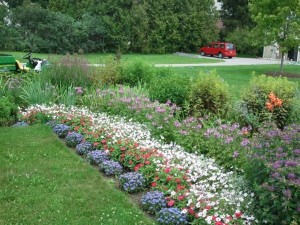
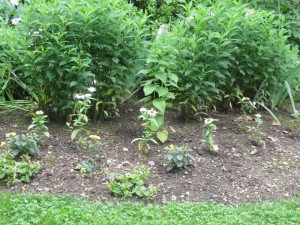
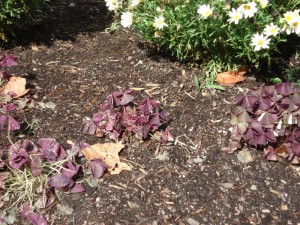
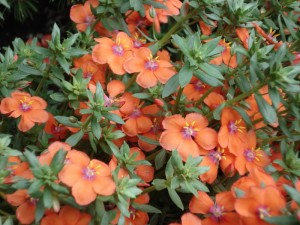
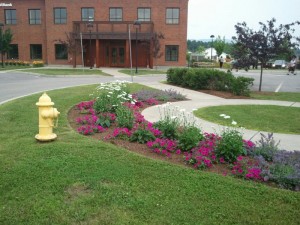
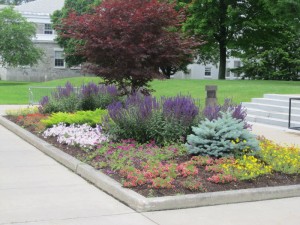
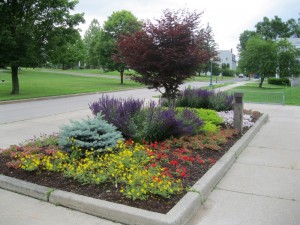
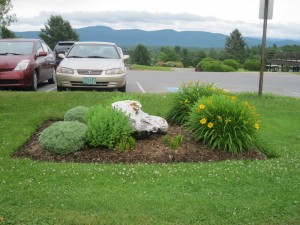
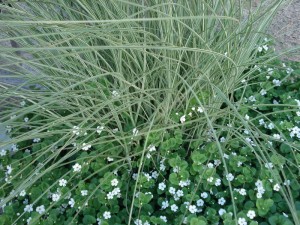
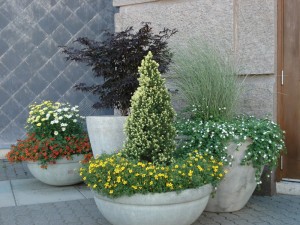
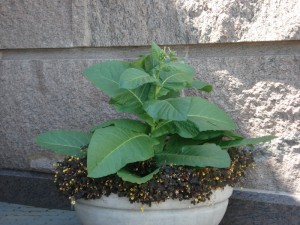
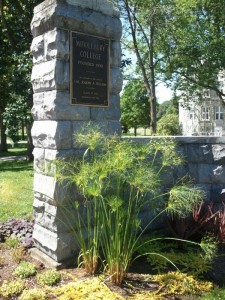
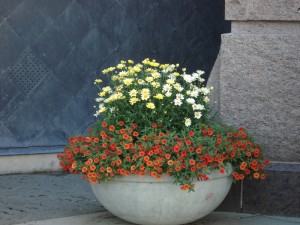
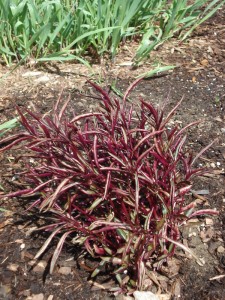



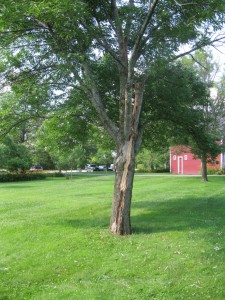
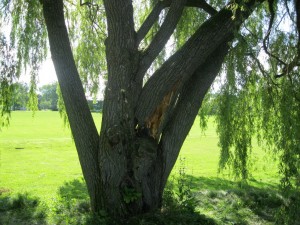
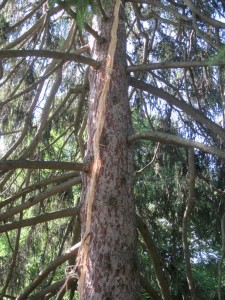
You must be logged in to post a comment.